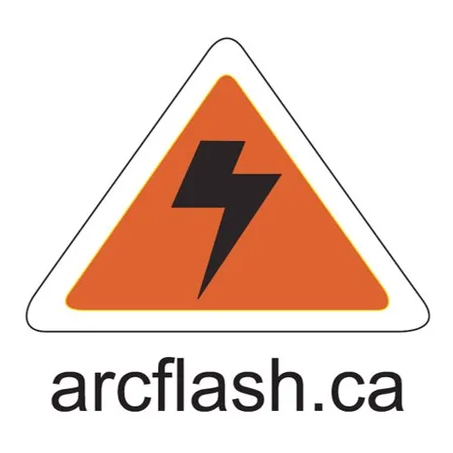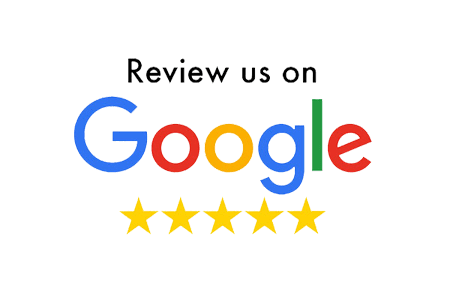Does Your Company Have A Workplace Electrical Safety Program Policy?
Erin M • October 17, 2018
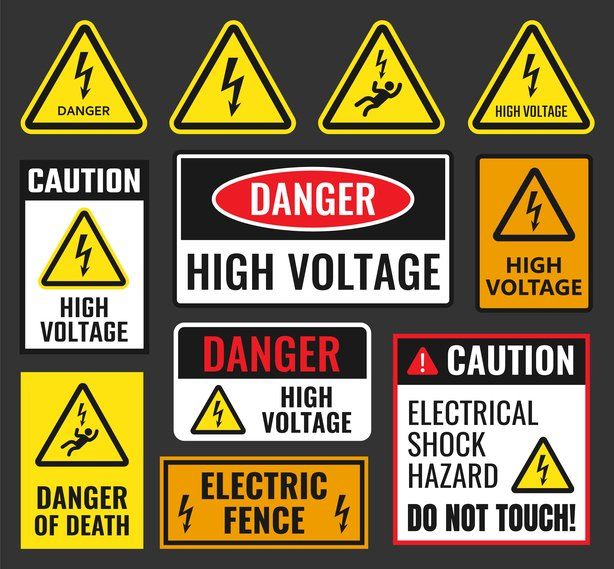
Electrical Safety Policies can help protect individuals in the workplace from electrical hazards that may result in electric shock, burns, arc flash/blast or other injuries due to direct or indirect contact with electrical equipment, tools or appliances.
Does your company have a Workplace Electrical Safety Program policy that is part of of your overall occupational health and safety program? If not, or you are struggling with developing one, perhaps this sample policy will lend a hand, click here to check it out. Should you have any questions, please give us a call or drop us a line at len@arcflash.ca.
We hope you enjoyed all of the information in our October Newsletter and look forward to hearing from you, as well as bringing more up-to-date electrical safety information and tips in our November Newsletter!
As always, you are invited to contribute a story or a question that you would like to bring forward to other readers, related to workplace electrical safety or lockout, including PPE and safety equipment.
Please send your stories and questions to Len at len@arcflash.ca. You can also continue the conversation with us on our Linkden Workplace Electrical Safety Communications group!

Hiring an electrician can feel like a daunting task. You're entrusting someone with the safety and functionality of your home or business's electrical system. A faulty wire or a poorly installed panel isn't just an inconvenience; it can be a serious hazard. This guide will walk you through the essential steps to find and hire a trustworthy professional, ensuring your project is handled with the highest level of skill and safety. We'll cover how to verify credentials, the importance of specific safety training, and what sets a team like Len Cicero and staff apart from the competition. By the end, you'll have the confidence to choose an electrician who protects your property and gives you peace of mind.

Hiring an electrician is a decision that directly impacts the safety and functionality of your home or business. Electrical work is not a DIY project; it requires specific skills, knowledge, and adherence to strict safety codes. Choosing the wrong person for the job can lead to faulty wiring, fire hazards, and costly repairs down the road. To ensure you hire a qualified and reliable professional, it’s essential to ask the right questions upfront. This guide will walk you through the critical questions you should ask any electrician before they start work. By gathering this information, you can make an informed decision and gain peace of mind knowing your property is in capable hands.

Working with or near electrical equipment comes with inherent risks. One of the most severe dangers is an arc flash—a sudden, explosive release of energy caused by an electric arc. These events can produce intense heat, light, and pressure, leading to devastating injuries, equipment damage, and even fatalities. Proper training is not just a regulatory requirement; it's a critical component of a safe workplace. This post will explore the essentials of arc flash safety training, who needs it, and how specialized programs can create a more secure environment for everyone. An arc flash is a source of potential injury or damage to health associated with the energy released from an electric arc. The consequences are severe, including third-degree burns, blindness, hearing loss, and injuries from the concussive blast. Effective arc flash safety training equips workers with the knowledge to recognize these hazards, assess risks, and apply safe work practices to prevent incidents. It's about building a culture of safety where every team member understands their role in preventing electrical accidents.
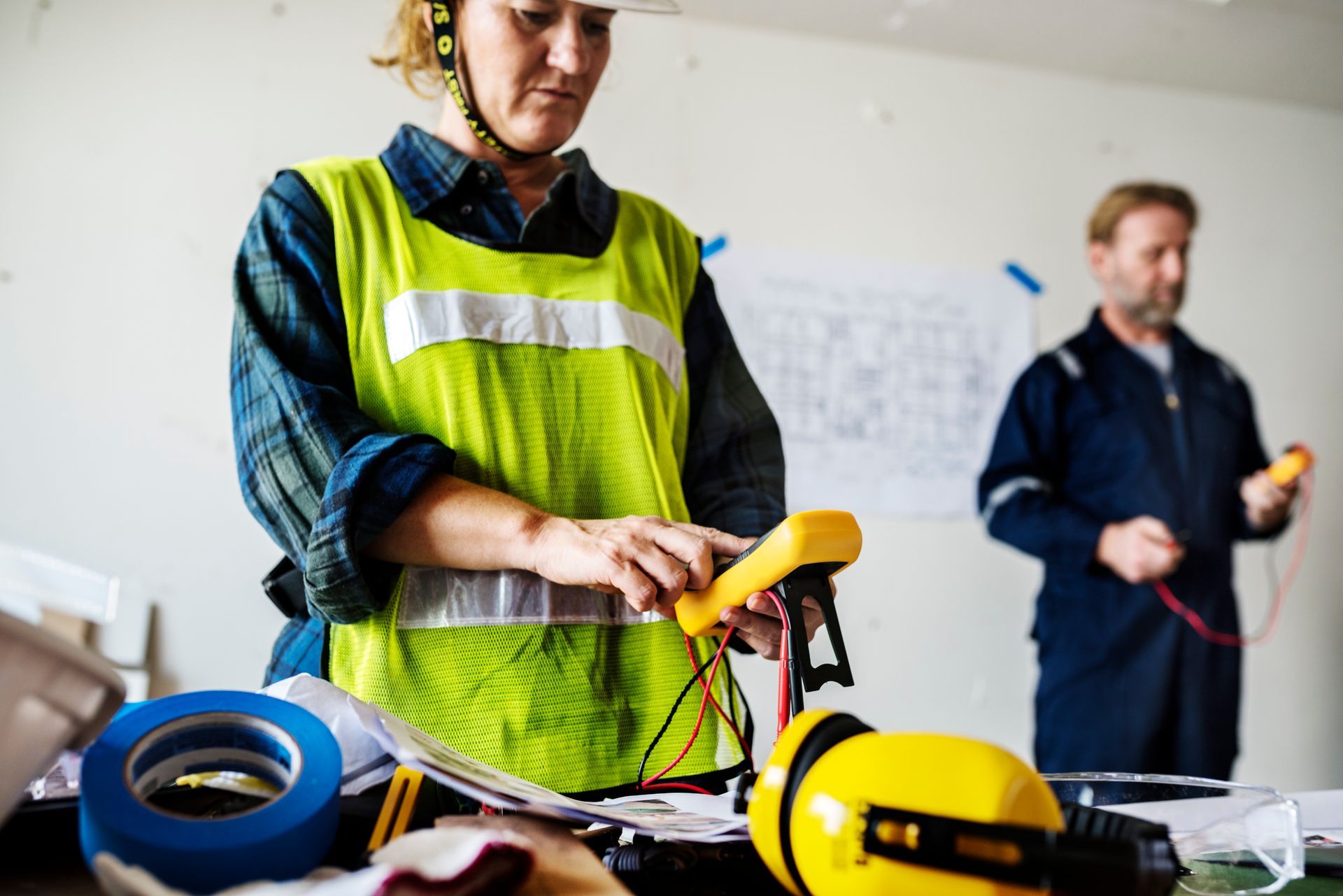
When electrician apprentices begin their journey into the electrical trade, they face numerous safety challenges that could have life-altering consequences. Among the most dangerous hazards they'll encounter is the arc flash, a phenomenon that can cause severe burns, permanent injury, or death in milliseconds. This raises a critical question: Is arc flash training a mandatory part of apprentice education? The answer isn't just yes, it's absolutely essential. Arc flash training serves as a cornerstone of electrical safety education, equipping future electricians with the knowledge and skills needed to recognize hazards, prevent incidents, and protect both themselves and their colleagues from potentially catastrophic electrical events.

When it comes to workplace safety, particularly in industries dealing with electricity, arc flash training is non-negotiable. This specialized training equips individuals with the knowledge and skills to recognize electrical hazards, prevent incidents, and protect themselves and others from dangerous arc flash incidents. But who exactly needs arc flash training? The answer may surprise you, as it extends beyond just electricians. Let's break it down.

Safety is paramount in any profession, but for electricians, it’s non-negotiable. Working around high-voltage systems and live electrical components means the risks are significant. One of the most critical, yet sometimes overlooked, elements of ensuring electrician safety is arc flash training. But what is arc flash training, why is it essential, and how can it save lives? Let's explore.

For electrical engineers, electricians, and safety managers, "arc flash" is a term that carries significant weight. Arc flash incidents are one of the most dangerous and potentially catastrophic hazards in the electrical industry. But what exactly is an arc flash, and more importantly, how can you prevent it? This blog will explain what arc flash is, why it occurs, and practical ways to safeguard your workplace and team from its dangers.
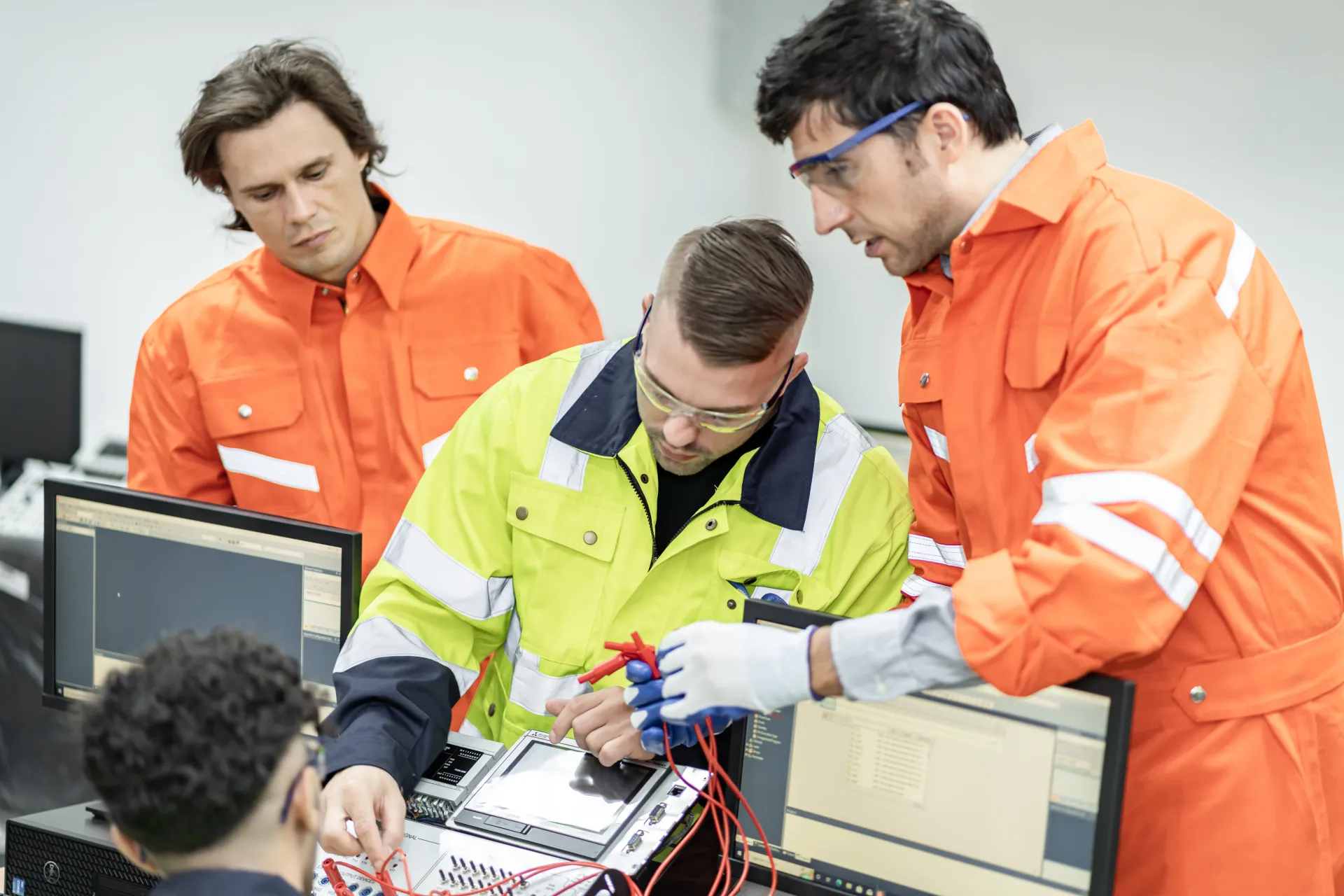
Electrical safety is a critical concern for professionals like electrical engineers, safety managers, and electricians. Among the many hazards in the field, arc flash incidents rank as some of the most dangerous, capable of causing severe injuries, equipment damage, or worse. If you work in Hamilton or Burlington, understanding what arc flash training involves and how it can protect individuals and assets is essential.

Working with electricity comes with inherent risks, and one of the most dangerous hazards is an arc flash. Every year, countless electricians, safety managers, and construction supervisors face incidents related to arc flash, which can cause severe injuries, equipment damage, and even fatalities. The solution? Comprehensive arc flash training. For electricians, staying safe isn’t just about wearing the right personal protective equipment (PPE); it’s about understanding the risks, knowing how to prevent accidents, and being confident in addressing safety challenges. If you're in Hamilton or nearby, arcflash.ca offers high-quality training to equip you with this crucial knowledge.

When working in the electrical industry, safety isn’t just a priority—it’s a necessity. The risks of working with electricity are extensive, and arc flash incidents are some of the most dangerous and potentially fatal hazards electricians, safety managers, and construction workers face. This brings us to an important question: Should you undergo arc flash training? The answer is a resounding yes, no matter how experienced you are with Electrical systems.
